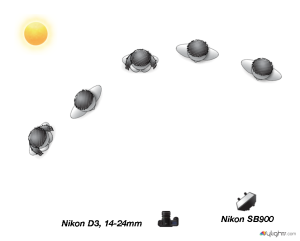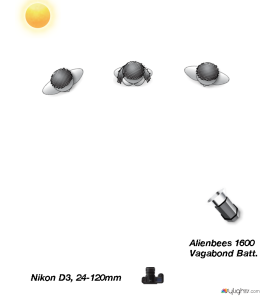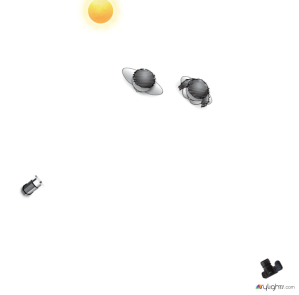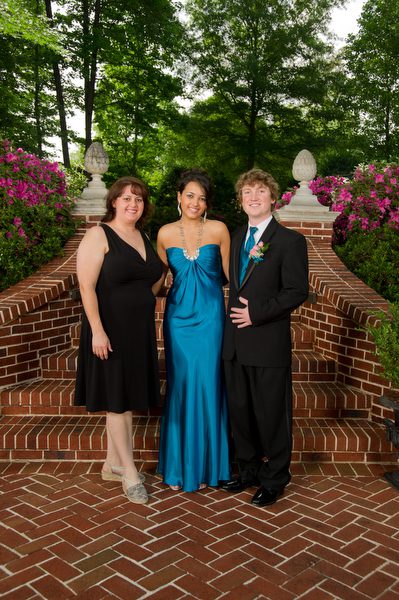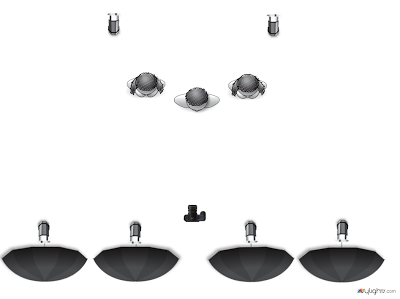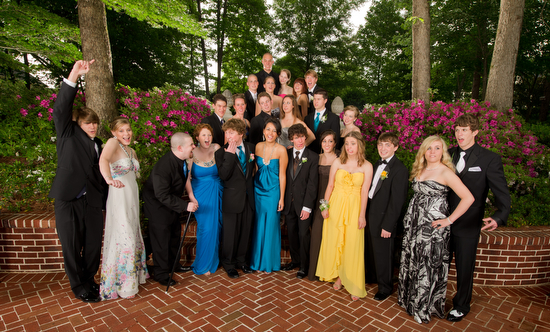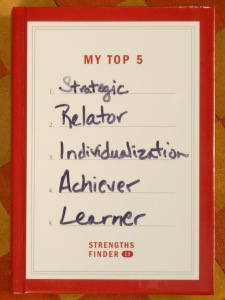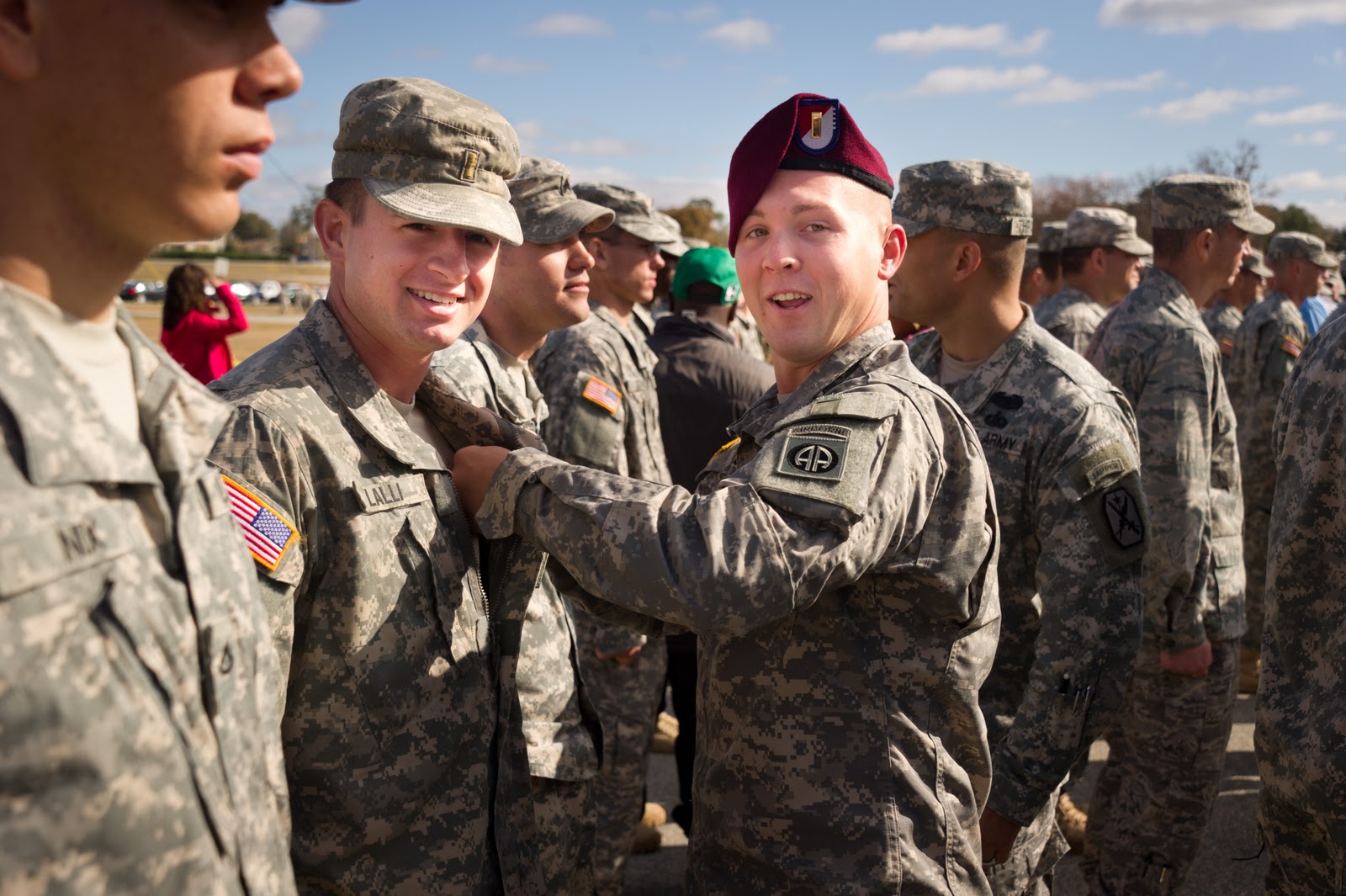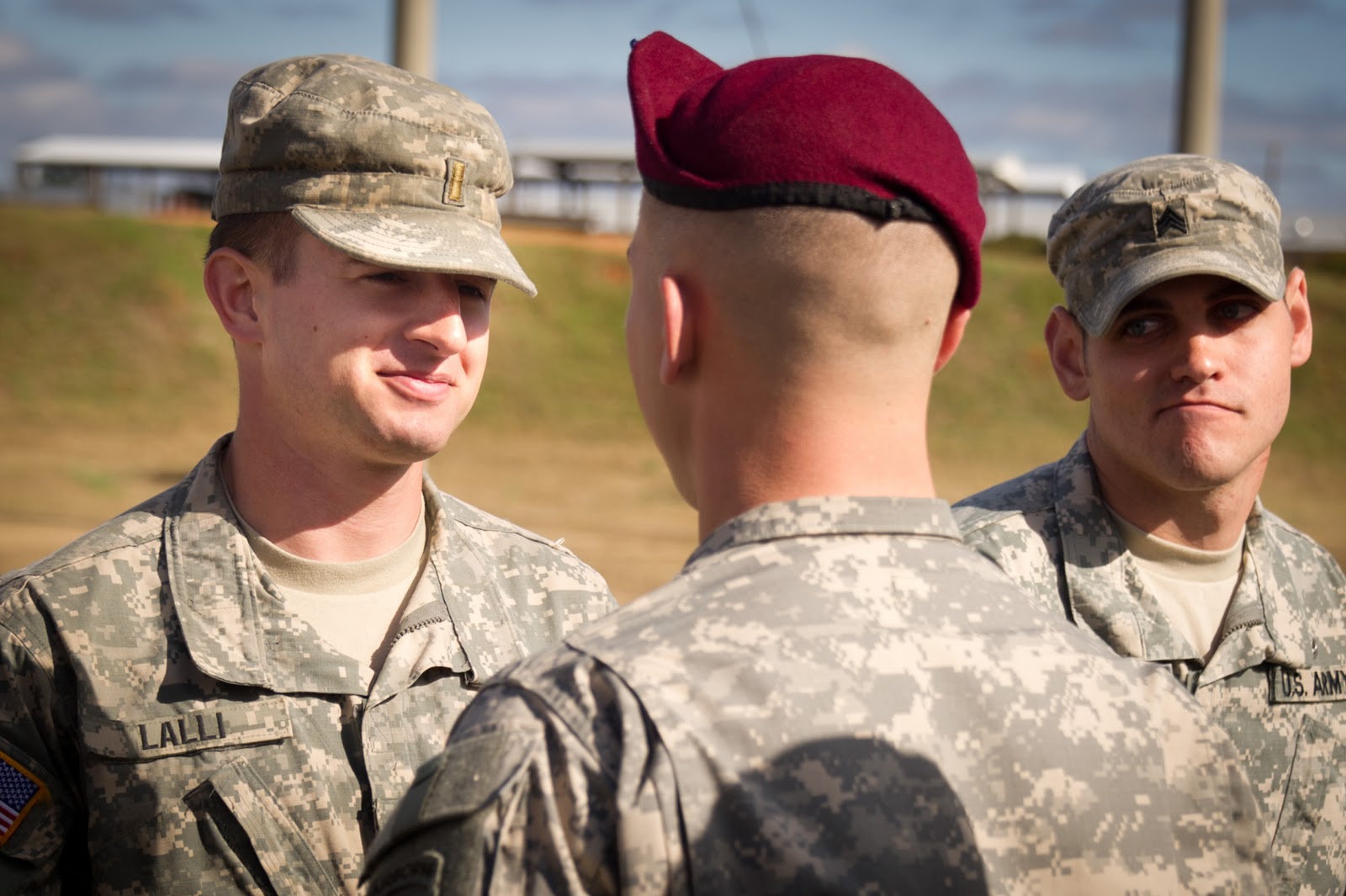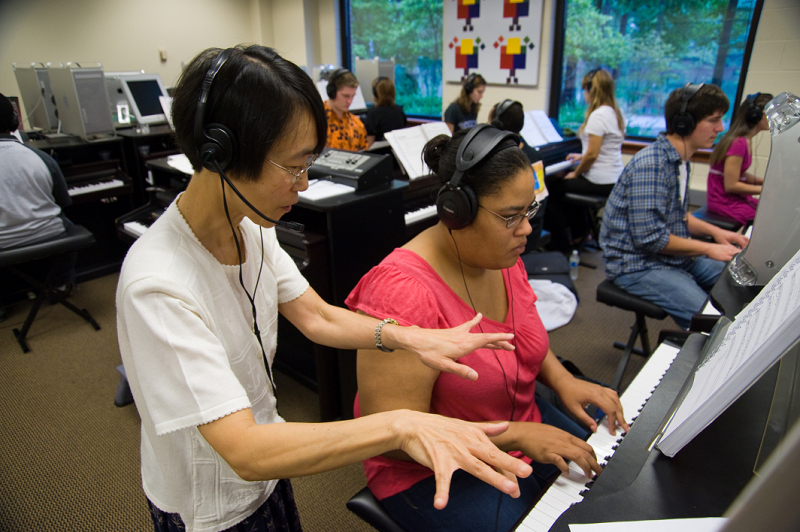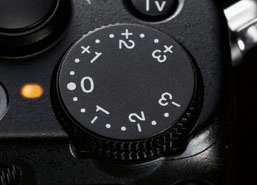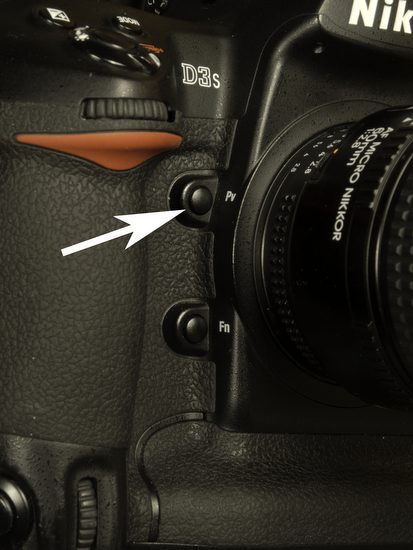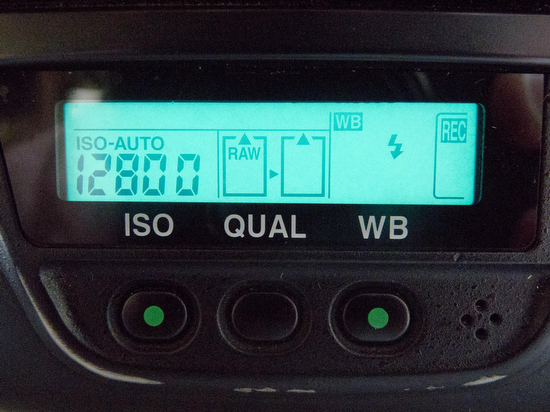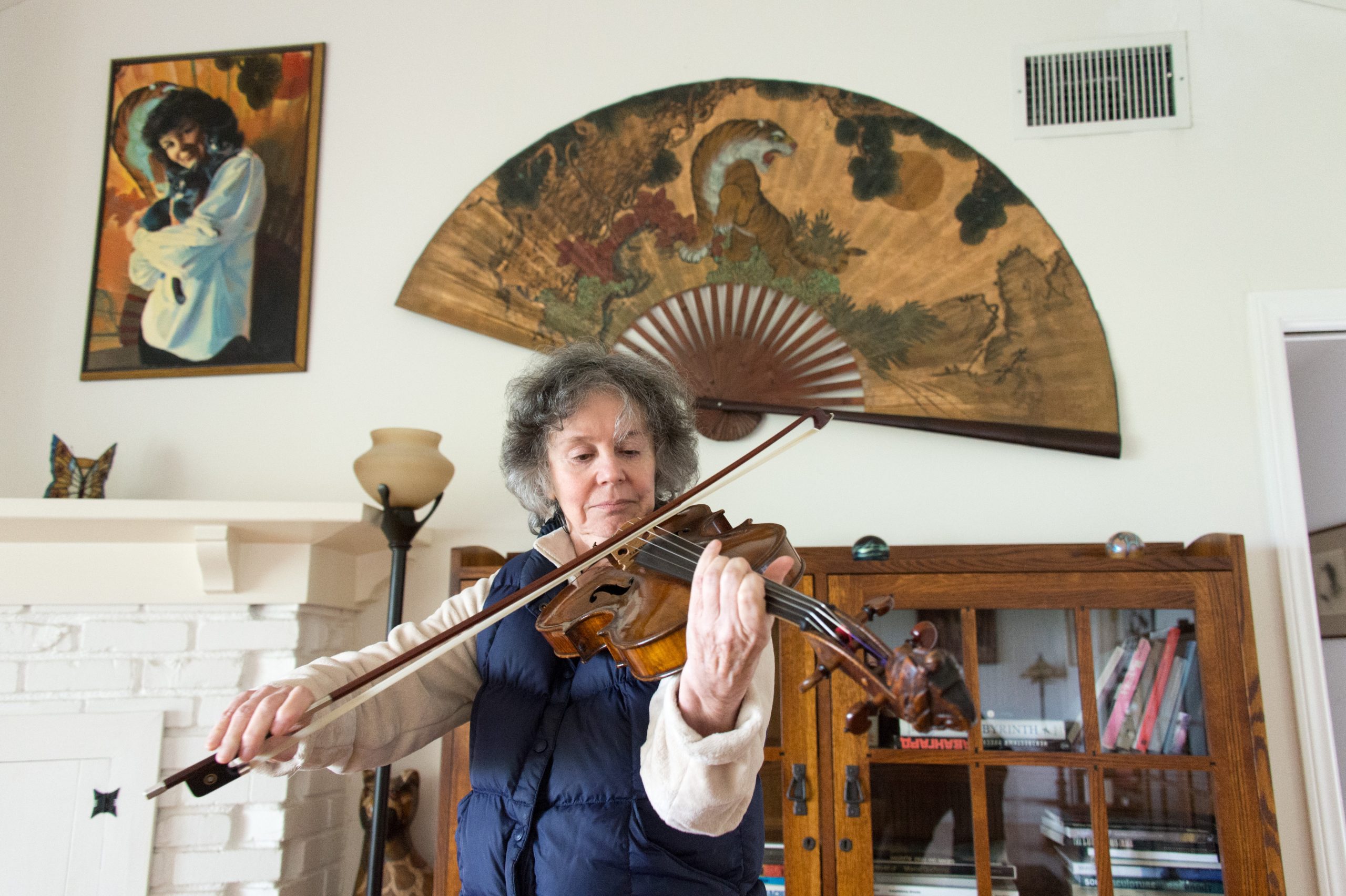I find people who smile all the time creepy. I also find people who are in the same mood all the time just as disturbing. When I say I have a real friend, I see all the sides of my emotions with them. They smile, frown, tear up and even get mad in our relationship.
Take a moment and look at your communications, especially your photos. Is everyone only smiling in all your photos? Are they all sad? Do people ever have puzzled looks on their faces?
Maybe your company is slipping because your communication style is creepy and disturbing on some level.
I have been working with higher education for years and even have my master’s in communication through the education department of a seminary. I see my role as an educator as much as a communicator and storyteller.
 I want to chase a rabbit here, so you might see where this thought came from.
I want to chase a rabbit here, so you might see where this thought came from.
Lev Vygotsky believed children’s thinking is affected by their knowledge of the social community. As a result, one of the things he helped to develop was the Zone of Proximal Development (ZPD). The ZPD is the distance between a student’s ability to perform a task under adult guidance and peer collaboration and the student’s ability to solve the problem independently.
The concept also applies to adult learning. When you look at what you can do right now with no one’s help and compare this to what you could do with someone who is an expert on the subject, you see the gap between the two. Vygotsky believed the teacher’s role is to be the scaffolding to help the student reach things alone they would not be able to do in the present moment.
I look to others who are experts to help me process the material I want to understand. I love going on tours of places and having tour guides give me the information I wouldn’t have gotten without them. It enriches the experience.
Many organizations I see have a gap between their present communications and what they could be doing. One of these areas is the overuse of the smile in photos.

Sometimes I walk into a classroom with a person from the school organizing the photo shoot, and they will tell everyone why we are there and please look natural. Then after a couple of minutes of shooting, they stop everything and ask everyone to smile and look like they are having a good time. They may be dissecting a frog in a biology lab, but they must smile.
This example is when I am reminded I see the bigger picture, and they are just starting the journey of using images to communicate.
Now I want to contrast this with a recent photo shoot. The client gave me the class schedule, and I was to walk around and get photos of the classes. But instead, they told everyone I was there and to go on as usual.
They even said you know what you are doing, and I trust you. The client wanted what I produced for other clients and let me have the freedom to gather the content for them.
I went from classroom to classroom with my photo assistant. Everyone was natural, and occasionally I had to use some flashes to get photos, which I knew were disturbing the class a little, but everyone was great.
The school was a seminary, and this was where people were stretching their comfort zone. The students come with perceptions and thoughts guided as much by pop culture as by their scripture. The seminary will challenge their faith system and help them construct one built on scripture, not pop culture. The students are often not smiling or perplexed, and I show this.
Since my wife and I both went to seminary, and in my family, we have more than 30+ who went through seminary, I consider myself more of an expert on how people pick a seminary.
I want to look for an academic school that presents me with information that challenges me. I want to go to a school where I can relate to the professors and the students. Finally, I want to go somewhere where the student population seems to be a family and enjoy one another.
People looking for a seminary tend to be much more profound in their thoughts than the general population. They are choosing to go to school, and when they graduate with this master’s will, most likely mean, their salary will go down and not up. To determine this path, one must feel called.
I wanted the photos at the end of the day to communicate some of these emotions, thoughts, and content that I had felt while there. So I think the pictures look like more than all smiles and the people look real to me.
Why is this so important to me? If I were to capture only the smiles, I would have made the seminary look more like a school for a cult than a seminary for those who will be leaders of the Christian faith.
As professional communicators, we need to understand the “big picture,” which is often beyond the reach of the present audience. We are to help them by providing those step stools to get them to reach their goals. We have to help to inspire them to look up as well.






